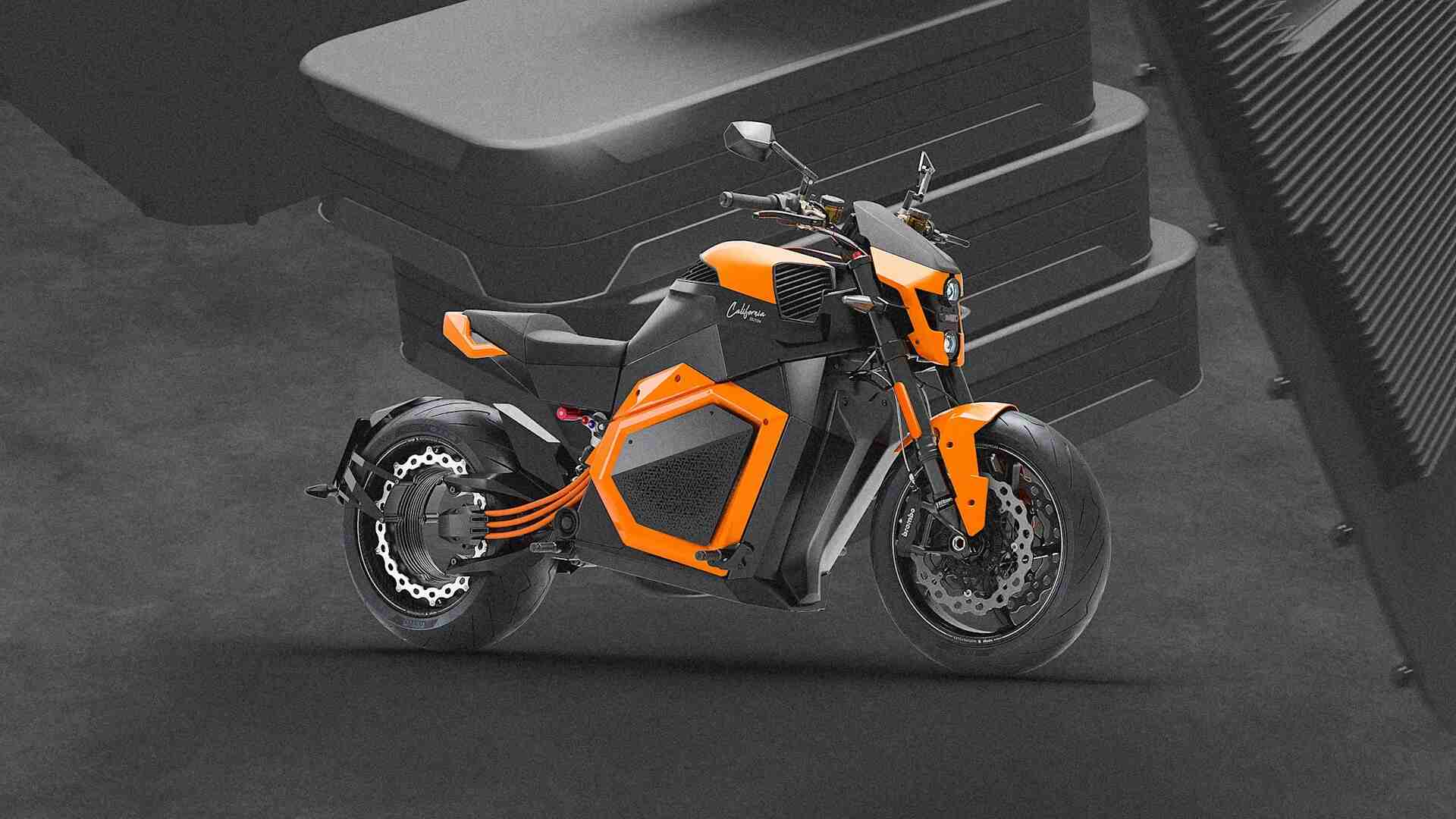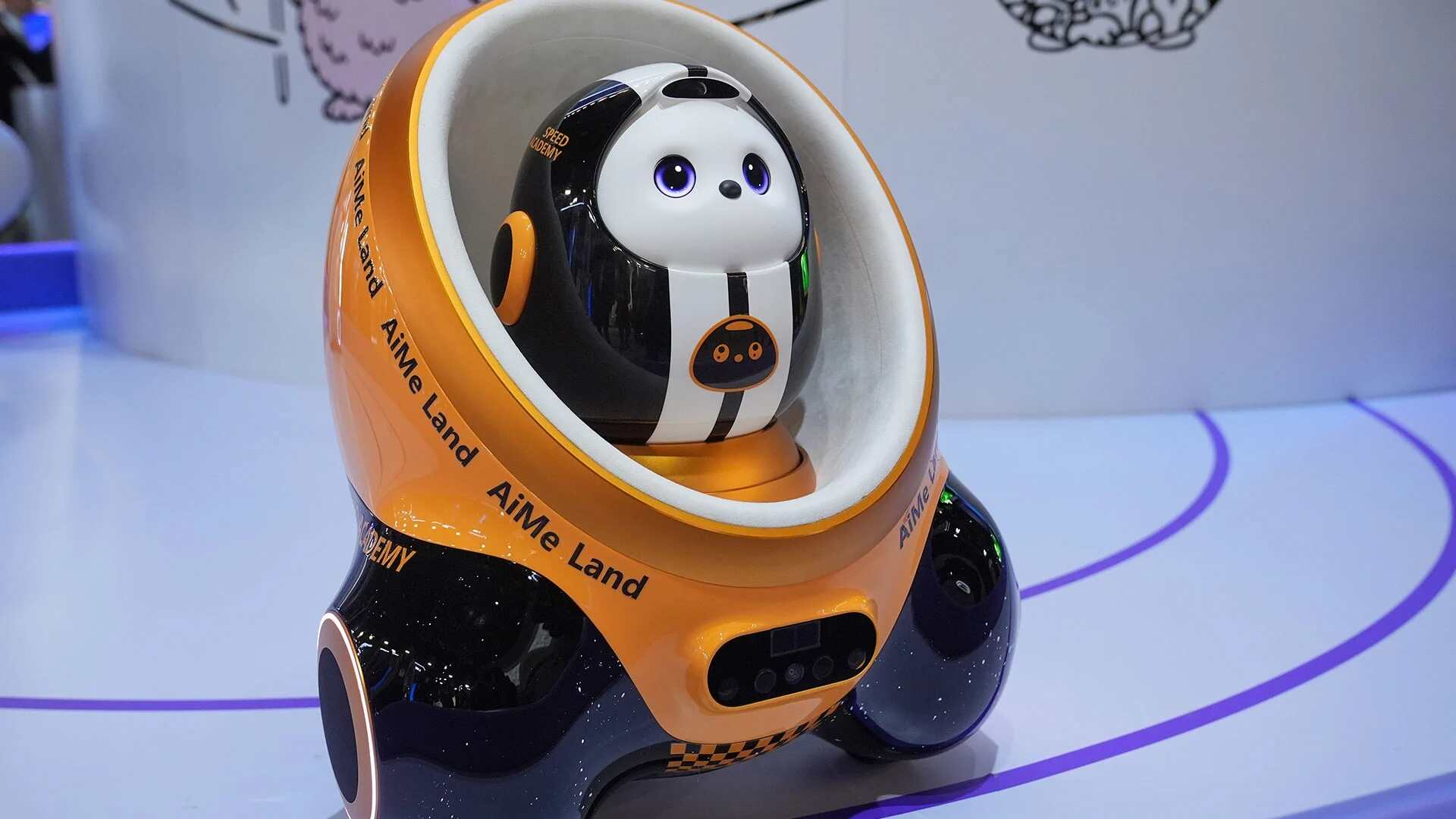- | 1:00 pm
Mercedes reboots the GLC with EV tech that means business
The EQ experiment may be over, but the GLC with EQ technology shows the company is not just learning from the past—it’s adapting quickly.

Almost a decade ago, Mercedes-Benz made its first serious foray into electric mobility. It began tentatively, converting A- and B-Class models into EVs, before finally unveiling its first dedicated electric SUV–the EQC 400–in September 2018. Launched under the then-new EQ sub-brand, the EQC arrived with a closed-off grille, rounded design, and a drive system based on the combustion-engine GLC. It was clear that Mercedes was ready to stake a claim in the EV world. But that signal didn’t carry very far.
The EQC struggled against competitors that boasted a larger battery and extended range. By spring 2023, Mercedes pulled the plug on EQC production. Now, Mercedes is ready to try again.
This time, the comeback carries more weight. Mercedes is introducing an all-new electric version of its top-selling model, the GLC—now reimagined “with EQ technology.”
The new electric GLC isn’t just a second attempt—it’s a shift in strategy. Mercedes is moving away from the idea that electric vehicles need their own sub-brand or wildly different design language. Instead, it blends its combustion and electric lineups more seamlessly.
The new GLC looks and feels like its gas-powered sibling, but under the surface, it’s all-new. The name is the same. The silhouette is familiar. But the platform, drivetrain, and experience are entirely different.
The logic behind this is simple: the combustion-engine GLC has been Mercedes’ global sales leader in the first half of 2025. Building an electric version that doesn’t alienate existing customers—or require a whole new identity—feels like the smarter bet. Mercedes says the electric GLC was developed from the outset with “extensive customer feedback from all over the world.” The goal? Keep the GLC’s reputation for elegance and reliability, but take it to the next level with all-electric power.
That philosophy extends to the design. From the front, the electric GLC asserts itself with a more prominent grille—purely visual since EVs don’t need as much cooling. But from the side and rear, it’s more about continuity than revolution. You’ll see visual echoes of the EQE SUV in the body shape and a hint of the new CLA in the four-piece taillights. It’s still clearly a Mercedes, just one that happens to run on electrons.
The transformation kicks in under the skin. The new GLC rides on Mercedes’ dedicated MB.EA-M platform, built exclusively for midsize EVs, unlike the MMA platform used in the upcoming CLA, which supports hybrids, MB.EA-M is a pure electric base. It shares some modular tech across the Mercedes range—like the rear EDU2.0 motor unit but is focused entirely on delivering a high-performance, high-efficiency EV experience.
At launch, Mercedes is leading with the GLC 400 4MATIC, a dual-motor, all-wheel-drive version that produces 360 kW of power. It can sprint from 0 to 100 km/h in 4.3 seconds and tops at 210 km/h. The two-speed transmission on the rear axle, carried over from the CLA, is designed to balance performance and efficiency. The range looks impressive on paper: a 94 kWh battery delivering up to 713 km (WLTP), which should mean roughly 500 km in real-world driving. Charging is a strong suit, too—due to 800-volt architecture, the GLC can handle up to 330 kW at a DC fast charger, getting from 10 to 80 percent in just 22 minutes.
Mercedes also appears to have learned from missteps. After early issues with the CLA’s charging compatibility, the electric GLC will come equipped with a DC/DC converter (depending on market) to ensure smooth charging even at 400-volt stations like many Tesla Superchargers. And yes, bidirectional charging is technically supported—though actual services will roll out later.
Efficiency extends beyond the battery. A standard multi-source heat pump captures waste heat from the battery and motors to warm the cabin in cold weather without draining range. That same system also manages preconditioning for faster charging. The GLC even recovers up to 300 kW during braking, and its new “One Box” brake system blends regenerative and mechanical braking with a seamless, confident pedal feel.
Comfort and handling haven’t been sacrificed for performance. Mercedes brought over its signature air suspension from the S-Class, with adaptive damping for a smooth or sporty ride depending on the road. Optional rear-axle steering—up to 4.5 degrees—makes parking easier and improves agility in tight spaces.
Inside, the EV gains extra space from its stretched 2.97-metre wheelbase and a total length of 4.85 metres—making it 13 cm longer than the combustion GLC. That means more headroom, legroom, and boot space: 570 litres in the rear (up to 1,740 with seats folded), plus a 128-litre front trunk. The towing capacity impresses, too: 2.4 tonnes with a drawbar load of 100 kg—enough for a heavy trailer or a couple of e-bikes on a rack.
The cabin centerpiece is the MBUX Hyperscreen, now more streamlined across the full width of the dash. Instead of three screens under one glass panel, it’s a continuous 39.1-inch ultra-high-res display, running the fourth generation of Mercedes’ MBUX software. There’s room for two wireless charging trays and more ambient lighting than ever—complete with 162 backlit stars embedded in the glass.
But while the tech dazzles, the price remains undefined. Mercedes hasn’t revealed what the GLC 400 4MATIC will cost when it arrives in the first half of 2026.
Compared to competitors, Mercedes offers a much bigger trunk (128 litres vs. 58), 50 more litres of trunk space, and a higher towing capacity. That matters for drivers who value everyday utility as much as fast charging.
The second-generation electric luxury SUVs mark an exciting step forward for Mercedes. Building on lessons from the EQ experiment, the new GLC with EQ technology showcases the brand’s agility and commitment to innovation, signaling a promising future for its electric lineup.































